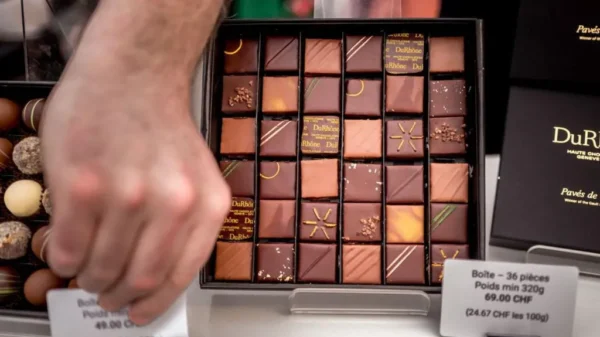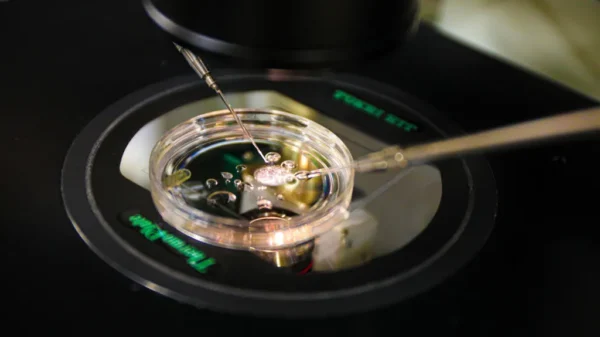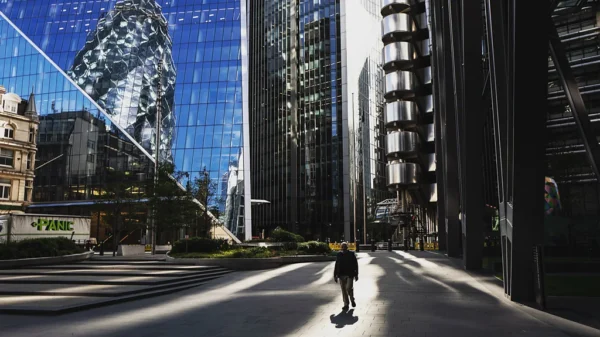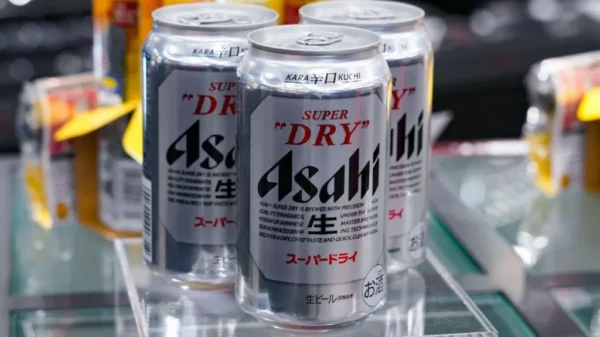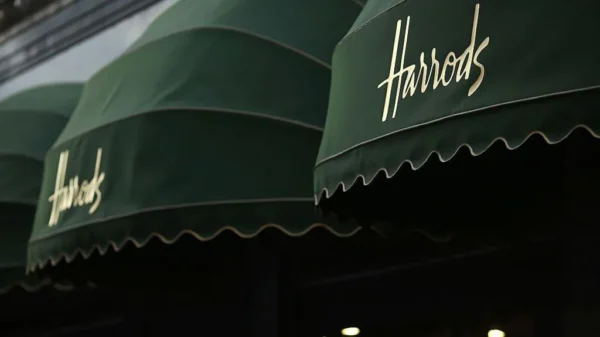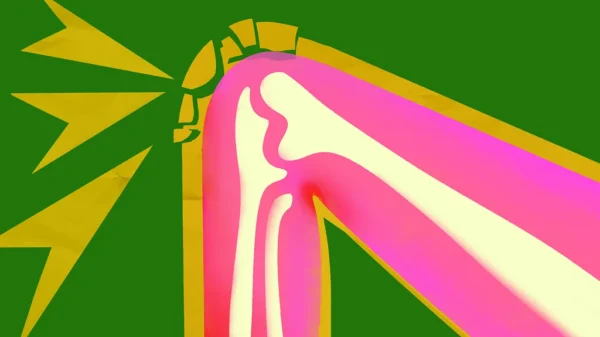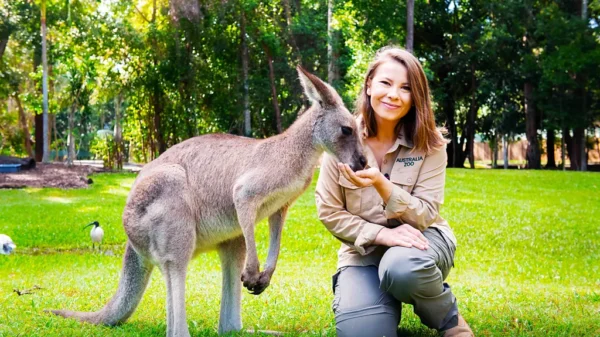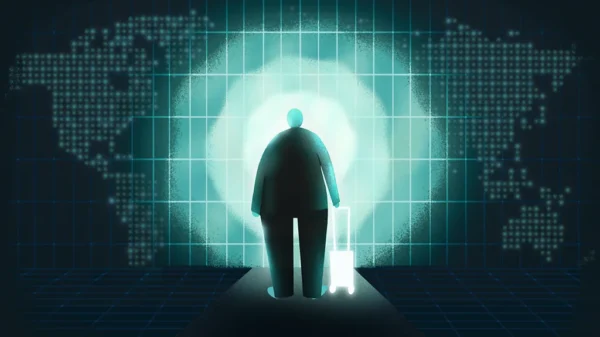Niigata, Japan’s snowy coastal prefecture, is famed for its premium sake and centuries-old brewing traditions. Here, travellers can pour their own samples at the station, ride a retro sake train and meet pioneers shaping the drink’s future.
The concourse of Echigo Yuzawa Station is a dizzying crisscross of shops and commuters but a glowing display of sake bottles immediately catches my eye. Beside them, a life-size mannequin stands precariously, grinning and waving a large brown bottle triumphantly above his head. I already know where I’m going first.
I’m in Niigata, Japan’s undisputed sake capital – a snowy coastal prefecture famed for its centuries-old brewing traditions. Here, sake isn’t just a drink; it’s a way of life. And, for me, a ticket to ride the rails.
A serve-yourself station
This seemingly “merry” mannequin is the welcome to where my journey begins, in one of Japan’s most remarkable tasting spots: Ponshukan, a sake museum and shop with a self-service bar offering more than 100 regional varieties. Visitors pay for tokens and a tiny ceramic cup, then face a vast wall of sake-dispensing machines. It’s like something out of an amusement arcade, except every play here wins a prize – sake.
I’m joined by Professor Ryoji Ito from Niigata University, a local entrepreneurship expert and proud sake enthusiast. “This is the oldest brewery in Niigata,” he tells me, pointing at a machine labelled Yoshinagawa, a brewery founded in 1548. At the press of a button, a stream of clear, chilled sake pours out. A dangerous convenience, I joke, if you love sake as much as I do.
“Kanpai [cheers]”, rings out as we toast over an aged sake barrel. It’s easy to forget I’m in a railway station.
Niigata residents drink more sake per capita than anywhere else in Japan. The prefecture is home to 80-plus breweries – more than any other region – and remains one of the country’s top producers. Thanks to heavy snowfall, soft, mineral-rich water and a rice-growing tradition stretching back centuries, it’s become a global centre for premium sake.
But Ito is just as excited about what’s coming next.
Niigata is now a national zone for agricultural innovation and a hotbed for startups. “One thing is Sake AI,” he says, pulling out his smartphone. “You say if you like sweet or dry, and the app picks your perfect match.” A kind of Tinder for toasts.
Sustainability is also shaping the next chapter. Ito tells me how at Uonuma, an aquaculture farm, sake lees (sake’s byproduct) are repurposed to feed soft-shell turtles. Another company, Biomass Resin, transforms rice waste into sustainable materials that look and feel like plastic.
After a sip of crisp dry sake, we crunch on cucumber and miso snacks using biodegradable chopsticks made from this very rice waste. A vision of circularity – and a tasty one too.
All aboard the sake train
But the real reason I’ve come? To board a train unlike any other: the Shu*Kura sake train.
“ShuKura” combines the words shu (sake) and kura (brewery), with the asterisk symbolising Niigata’s rich natural environment – snow, rice and flowers. Three routes run across the prefecture, from snowy mountain ski resorts to rice paddies and the rugged coast.
World’s Greatest Train Journeys: Japan’s New Golden Route
Watch episodes one and two of World’s Greatest Train Journeys: Japan’s New Golden Route on the weekends of 20th and 27th September on BBC News channel.
Launched around a decade ago, Niigata’s sake trains run on regular commuter lines rather than a dedicated track, and I’m taking a 2.5-hour trip between the city of Tokamachi and the bullet train hub of Joetsu‑Myōkō.
Climbing aboard the retrofitted 1970s rolling stock, I find three short carriages with panoramic windows, warm wood interiors – and most unusually – a mobile sake bar. As we glide into the countryside, a staff member in a crisp uniform pours sparkling sake and seasonal varieties unique to this route. My cup overflows into a square wooden masu bowl – a symbolic gesture of Japanese hospitality and generosity.
Smooth jazz plays as tourists, couples and local families settle into the relaxed rhythm of the ride. The train stops at a seaside platform, timed perfectly and deliberately to capture the sunset, and groups get off to snap selfies with the sun glittering behind them on the waves.
I’m tempted to get carried away, but I’ve one last aim for my trip to Niigata – and a clear head is required. I’m going to learn to make my very own sake.
Japan’s first female brewery founder
Tucked into the snowcapped peaks of Tokamachi, where rice terraces climb the slopes like giant staircases, I meet Tomomi Duquette, founder of Snow Satoyama Sake. Meltwater from winter snow sustains the paddies here – and gives her sake a rare softness.
“Eighty percent of the sake is made from water,” she explains, “so this super gorgeous soft water coming from the snow water affects the quality.”
After more than a decade organising sake tourism events, Duquette decided to create her own brand. “When I looked into the records, I realised there may have never been a female founder before,” she says. “So I thought, let me change that.”
We don loose-fitting happis – traditional Japanese coats – and I notice a sash hanging nearby: “Mrs Sake Japan 2024”, a title Tomomi earned for her global work promoting Niigata’s sake culture. She guides me through the brewing process, starting with a dusting of koji mould onto steamed rice, a critical step that converts starch to sugar.
Historically, sake was fermented using chewed-and-spit rice (mercifully, that method has been retired). Today’s process is cleaner, but still deeply traditional – and intoxicating. The fermented rice is sweet and chestnutty (I couldn’t resist a taste), before it’s artfully mixed with mountain botanicals.
Our session complete, we make our way to nearby Satoyama Jujo Izumi, a 150-year-old lodge reimagined as a boutique accommodation. Duquette’s sake is already on the menu at the hotel’s Michelin-starred restaurant, she tells me.
With dusk settling over the terraces and the valley bathed in gold, I take a sip of her crisp, zesty craft brew. It tastes like snowmelt and sunshine, and I cannot think of a better place to end my adventure.
Legacy in motion
Speeding off on the bullet train to continue my journey around Japan, I’ve plenty of time to reflect on my experience in Niigata, the sake capital of the world.
Looking back, I’m convinced that its blend of tradition and innovation pair perfectly. Where else can you serve your own station sakes, ride the rails through historic rice paddies, toast ancient traditions and ferment your own craft brew by sunset?
Niigata doesn’t just serve great sake, it serves unforgettable stories, one cup at a time. This is Japan at its most flavourful: all aboard, and kanpai!
Source: BBC











